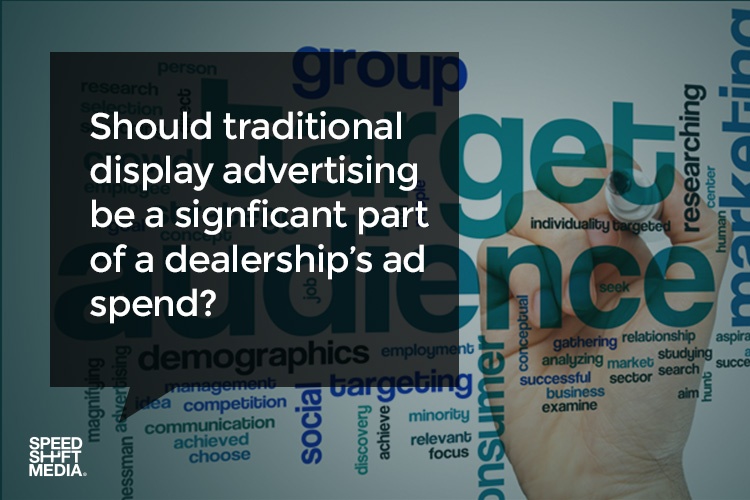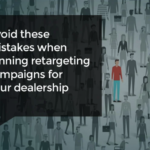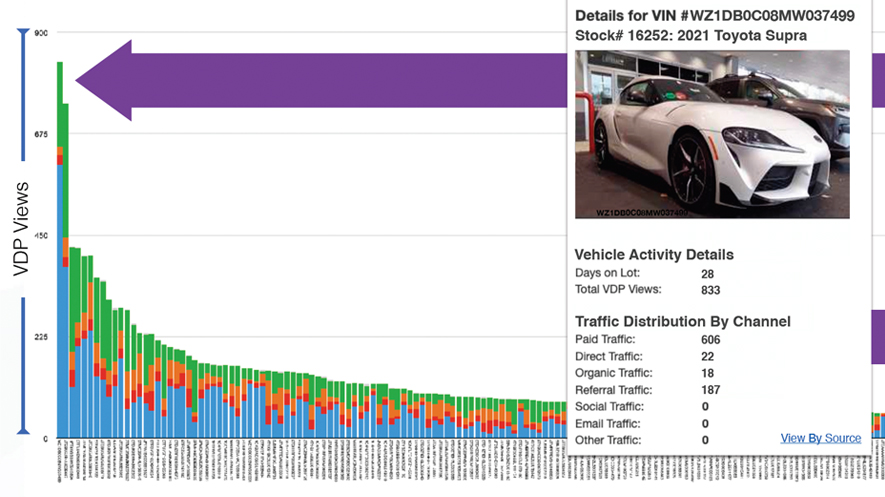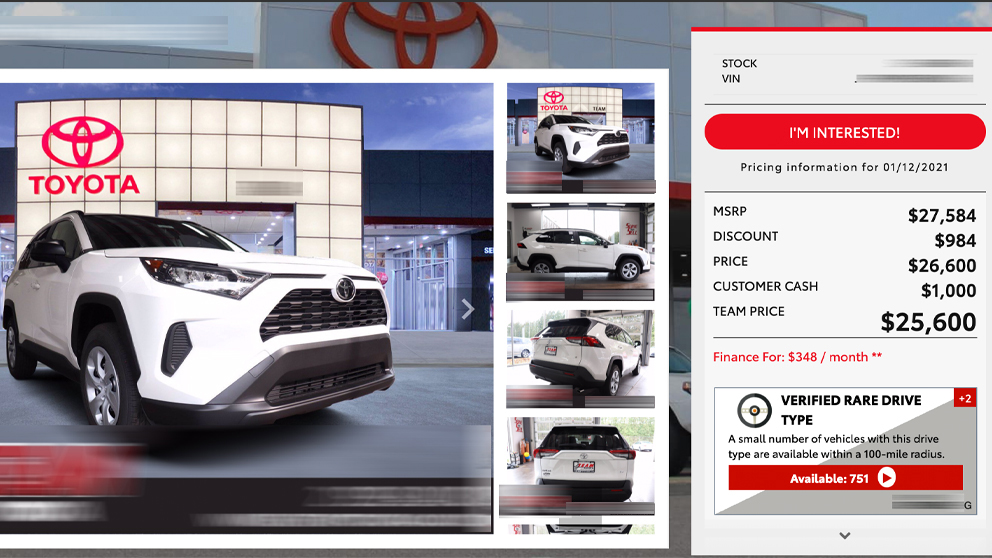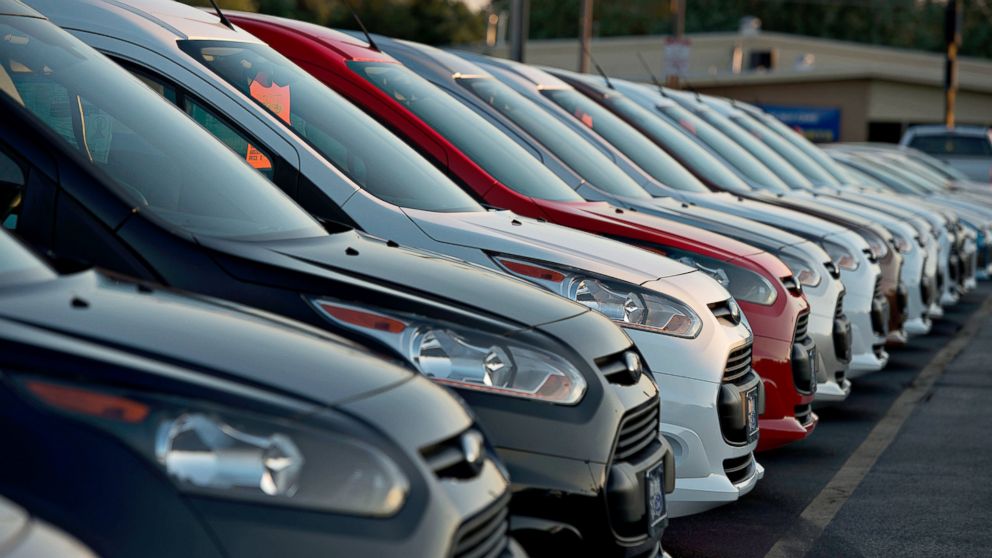Why Typical Display Ads Should Not Be a Significant Part of Your Advertising Spend
We’ve talked at length about what should and shouldn’t be a part of your regular advertising spend, month-to-month. We’ve discussed in depth about why you shouldn’t include typical display ads in your advertising budget. To hammer that point home, let’s further investigate why traditional display just doesn’t deliver tactical value at the dealership level.
Traditional display is meant to be used for announcing national events, building a brand and advertising items that carry longevity over a campaign cycle. As a result, typical display is terrible at selling individual vehicles and marketing your dealership’s inventory, since they are constantly changing. Basically, if you’re not an OEM or regional OEM association (Tier 2), banner advertising and typical display advertising is likely a waste of your precious ad budget.
They focus on awareness, not moving metal
Sure you can promote the OEM or Tier 2 specials like “Ford Family Pricing Event®” or “GM Employee Pricing event®” with display ads, but where does the ad click through to? Generally, it’s to your event landing page or search results page. However, if you want to drive online buyers to view Smith Volkswagen’s inventory in Boise, ID this is a not the best use of your advertising resources.
As a dealership, your primary marketing focus is to sell your inventory, not market the manufacturer’s brand. Moving inventory should be the focus of your advertising efforts and specific VINs should be front and centre. As a result, traditional display and branding focused banner ads are definitely not the way to go.
They don’t charge based on performance
Most display campaigns charge on impressions. On the surface level, they look quite inexpensive. For pennies you can get 100,000 people to see your ads. Wow! That’s amazing right? Here’s the kicker, how many of them actually get driven to your website? You are being charged regardless of ads being clicked or not. Once it has been seen (or not seen, depending on viewability), the typical display ad’s job is done. And with an average click-through rate (CTR) of 0.05% you may be lucky if 1 person in 5000 actually clicks the ad. In the long run, it may help create some brand awareness, but it will not be very helpful at attracting in-market buyers to sell your inventory.
Think of it this way, impression-based display advertising can be equated to billboards on the highway. In fact, they have a very similar effect. Without digging too deep into statistical results, it’s about as likely that someone driving by at 60 mph seeing a billboard will pull over to buy a car, as will a person searching online for home repair info who comes across your banner ad. Indiscriminate advertising without a clear end result can be a waste of your ad budget.
Is display advertising bad?
Display ads do have a place and should be treated as another tool in your marketing arsenal. Make no mistake, traditional display advertisements do very little to market, promote, and sell inventory. They sell a message. Because of this, they are not the way for dealerships to get the best out of advertising.
As the marketer or GM at your dealership, you need to ask yourself, “how well did I attract in-market buyers to my inventory?” If driving in-market buyers to your VDPs is the KPI, typical display advertising is not the tool to reach your goals. It may help with other scenarios such as driving traffic to your home page, but it just won’t help sell individual vehicles from your lot.

